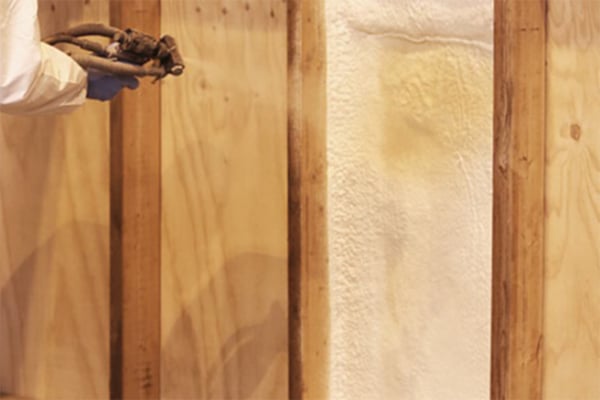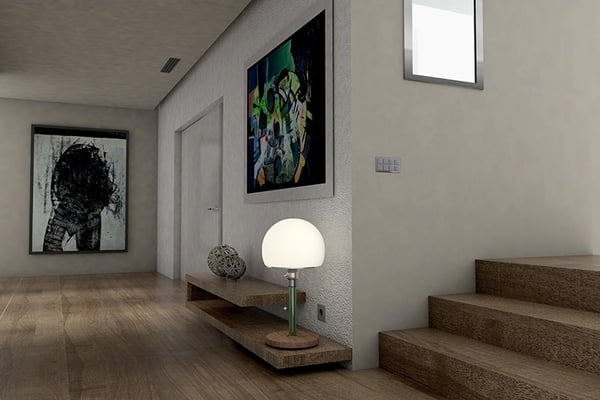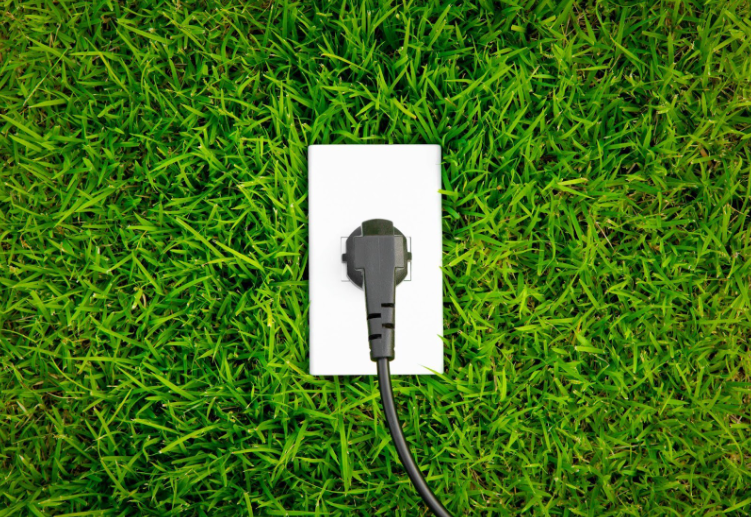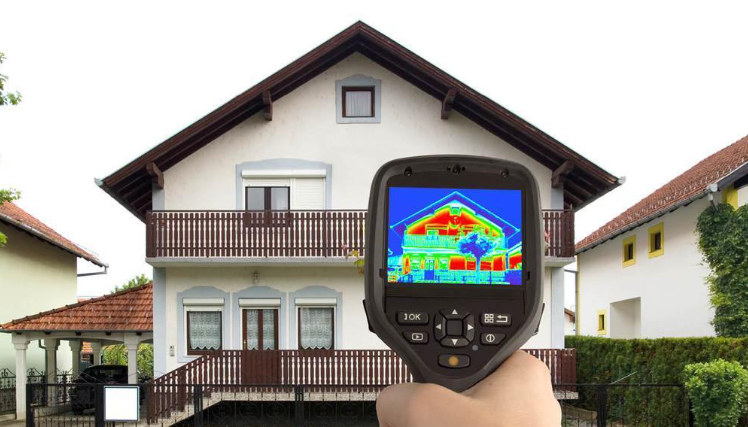Thermal conductivity is a physical property that appears in any material, including polyurethane, and it measures the heat conduction capacity through it, or in other words, the transport of heat energy through a body. This energy movement is produced by the difference of temperature, since, according to the second law of thermodynamics, the heat always flows in the direction of the lowest temperature.
When insulating a building it is important to know the thermal conductivity of the materials used since its energy efficiency and thermal comfort will depend on it. For example, metals have higher thermal conductivity than wood, but insulating materials such as glass fibre or polyurethane have lower thermal conductivity.

The importance of thermal conductivity in the insulation of buildings
The behavior of thermal insulation is key to achieving the European Union's energy-saving targets for 2020. In both single-storey and multi-storey buildings, the materials used in the enclosure determine energy consumption. Therefore, if we want to improve the energy efficiency of buildings, one of the physical properties that will determine whether a material is a good thermal insulation or not, is thermal conductivity.
If you compare the thermal conductivity of the main materials used in construction, you can check how, according to the choice of materials, the level of thermal conductivity will directly influence the thermal insulation of the house. For example, traditional materials such as brick, wood chips or concrete have higher thermal conductivity levels than insulating materials such as polyurethane or polystyrene.
|
Material |
Thermal Conductivity |
|
Brick |
0.49-0.87 W/mK |
|
Concrete block |
0-35-0.79 W/mK |
|
Expanded Polystyrene |
0.031-0.050 W/mK |
|
Extruded polystyrene |
0.029-0.033 W/mK |
|
Polyurethane systems |
0.022-0.028 W/mK |
|
Mineral wool |
0.031-0.045 W/mK |
|
Expanded Perlite |
0.040-0.060 W/mK |
|
Wood chips |
0.038-0.107 W/mK |

The thermal conductivity of polyurethane
Polyurethane systems are one of the materials in the market that provide the best thermal insulation with minimal thickness. This characteristic is possible thanks to the low thermal conductivity of polyurethane, since although the differences in the thermal conductivity levels between polystyrene (extruded and expanded), mineral wool and polyurethane systems are only a few tenths of the paper, when applied in the work, such decimals can mean a difference of 3-4 cm in thickness than in order to achieve the same energetic efficiency of the envelope.
In addition, polyurethane systems (whether injected, sprayed or plates) are an optimal solution for the thermal insulation of buildings. Apart from their low thermal conductivity, they also achieve a good sealing of the envelope avoiding the infiltrations of air and the currents that occur in its empty spaces. This is important because if these currents were not reduced, the thermal conductivity of the polyurethane would cease to be so effective.











